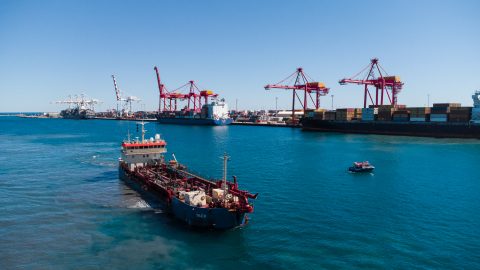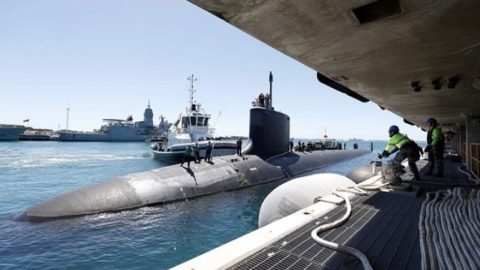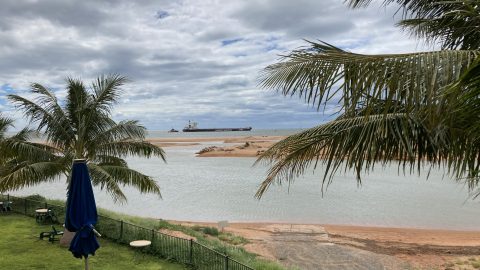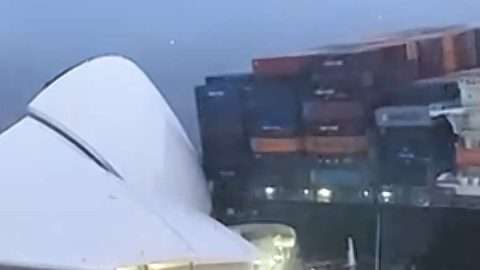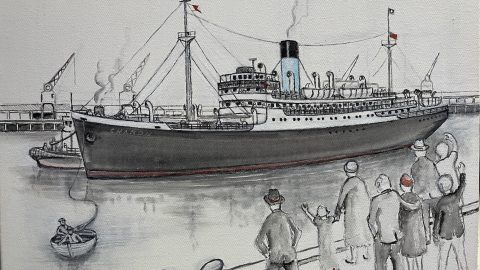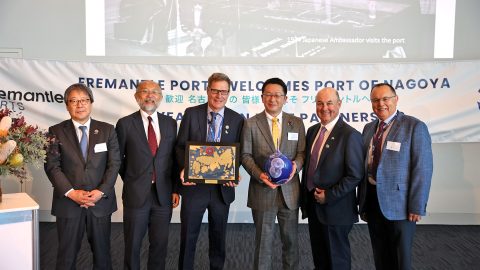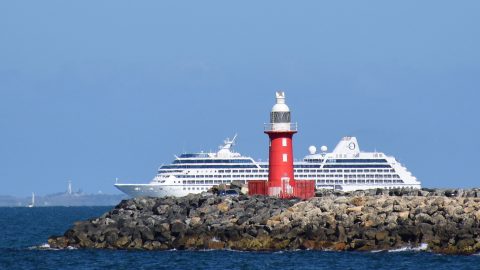As Seabourn Sojourn neared Stone Town harbour, Zanzibar early in the morning, the impressive dhow sails dotted along the horizon and nearer signalled completion of the Indian Ocean crossing from Asia to Africa. Those craft carried Gulf traders across the Arabian Sea, into the Indian Ocean and towards what we call Southeast Asia for hundreds of years, and still do so in some regions.
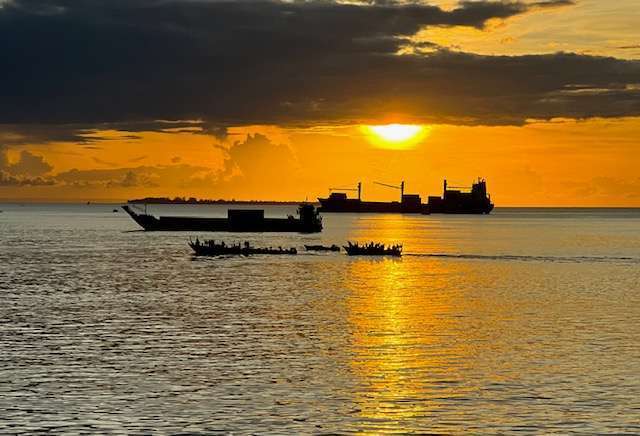
By now, Sojourn guests had received unwelcome news about Millie, the black kite swept by a Broome onto the ship where she stayed until Bali. The hope was she would be returned to Australia. Alas, Australian authorities refused that re-entry, and it seems she will now live in a Balinese bird park, not great news for her Broome carers. Or for those who enjoyed her presence on the ship, she was a voyage star for whom a better result had been hoped.
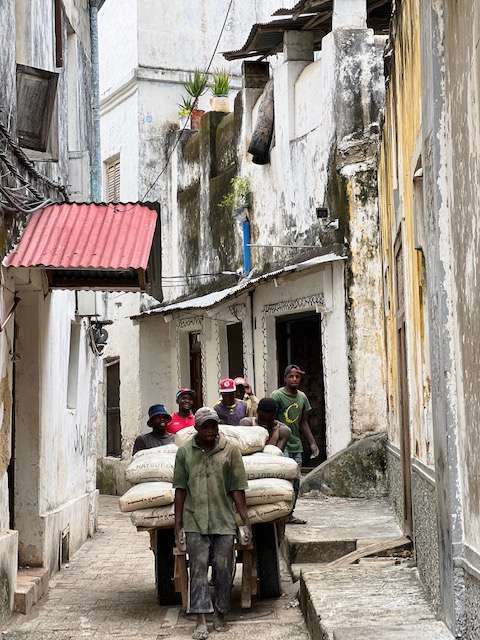
But here we now were, across the Indian Ocean from Broome and in Stone Town, Zanzibar’s old city which remains steadfastly a trading centre. Even through Ramadan the fish, vegetable and spice markets are packed with bargaining apace. Handcarts carrying everything from cement to household goods navigate the tight lanes that have hosted traders for centuries. Many of the small shops now cater for a booming tourist market, even through Covid where Zanzibar’s open policy attracted thousands of Europeans, especially Russians.
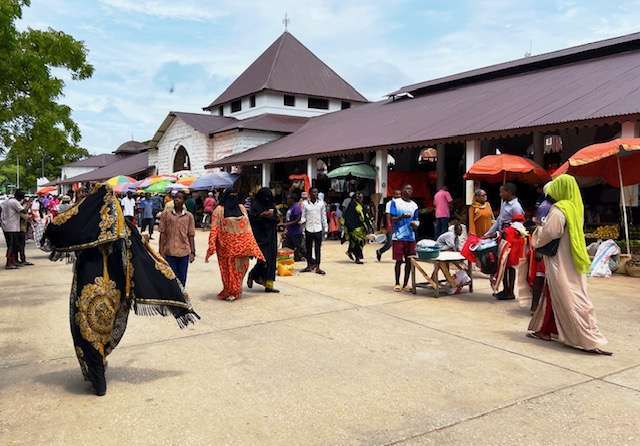
Zanzibar played a major part in regional trading, then, including notorious aspects like slavery, not banned locally until 1873 and, in fact, persisting into the early twentieth century. The slave memorial is an evocative, moving reminder of those terrible days, as are the remaining underground slave cells where victims were crushed in to await sale. Perhaps ironically, the Anglican Cathedral was built on the very site of the old slave market, recording the church’s opposition to the trade, an opposition that struggled for traction. For hundreds of years, slaves ended up in locations all across the Indian Ocean, including India itself.
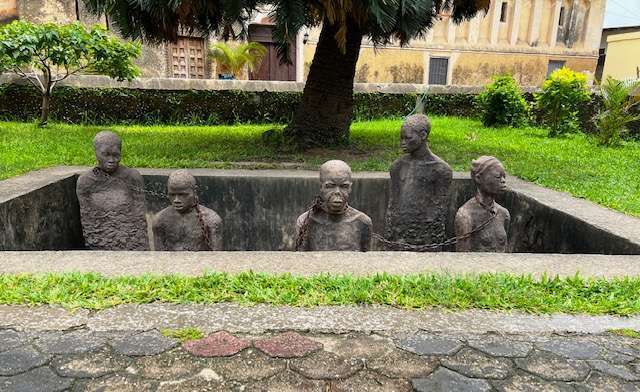
One consequence is the now complex Zanzibari population. Churches mix with mosques and temples, and peoples of all descriptions stream through the Stone Town maze. One shopkeeper told us she was fifth generation Zanzibari, but of “Arabic” origin from Yemen and noted as such. That mixed local population is very positive about Australia. When we tell them where we are from, the warmth is obvious as is the great interest. There are perhaps a thousand or so Tanzanians in Western Australia, another part of the growing African diaspora that needs to be far better understood.
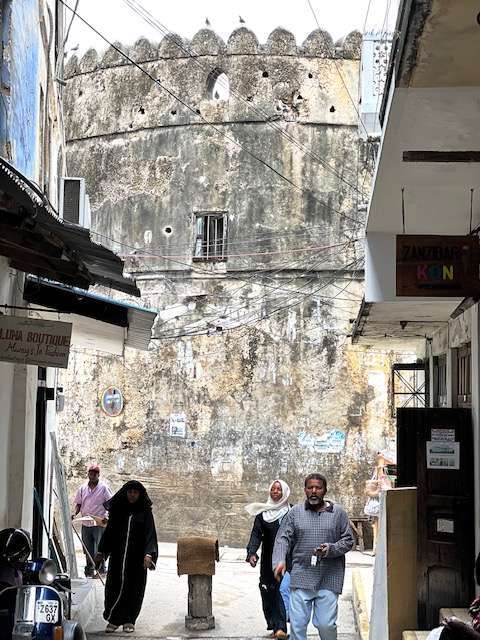
One notable example of that rich heritage was Farrokh Bulsara, born in Zanzibar to Parsi parents from India, and way better known as Freddie Mercury. His father was in government service in Zanzibar as were so many others for so many years.
LGBTQI activists note the paradox that is the Freddie Mercury museum in the more upmarket section of Stone Town. In Tanzania (named for Tanganyika and Zanzibar at the revolution that overthrew the old Sultanate on the island), same sex acts are liable to attract life imprisonment.
In the broader sense, Western Australia needs to be much better informed about its Indian Ocean neighbours, especially when a sudden turn in national strategic policy sees Western Australia set to become a nuclear submarine station. That is of major concern around the Indian Ocean littoral whose nations Australia needs to engage far more than at present, as worries grow about great power escalation across the region.
Perversely, Perth once had a thriving Indian Ocean festival and an Indian Ocean Centre at first UWA then Curtin that studied societies and cultures, but all disappeared years ago, and now the Indian Ocean is a major region for study around the world. When McGill University in Montreal, Canada has an Indian Ocean World Centre, then Perth surely needs a major centre to ensure Australia’s understanding of the region is deepened, especially in its maritime, trading and strategic dimensions.
Seen from Zanzibar that seems both essential and far off, so change is needed.
* By Brian Stoddart. You’ll find more feature articles by Brian Stoddart, including his last three despatches from the Sojourn right here!
While you’re here –
PLEASE HELP US TO GROW FREMANTLE SHIPPING NEWS
FSN is a reader-supported, volunteer-assisted online magazine all about Fremantle. Thanks for helping to keep FSN keeping on!
** Don’t forget to SUBSCRIBE to receive your free copy of The Weekly Edition of the Shipping News each Friday!
